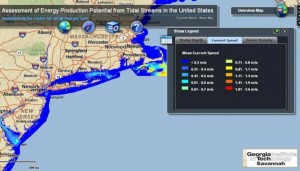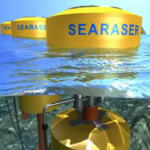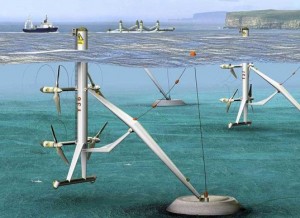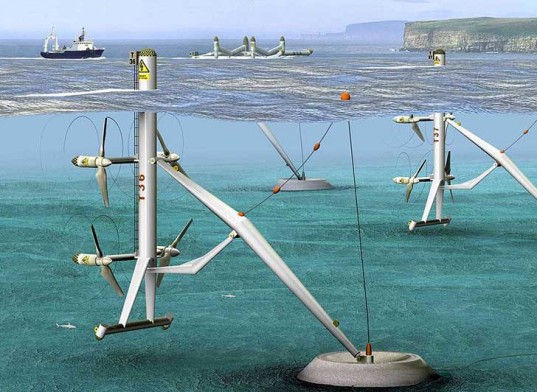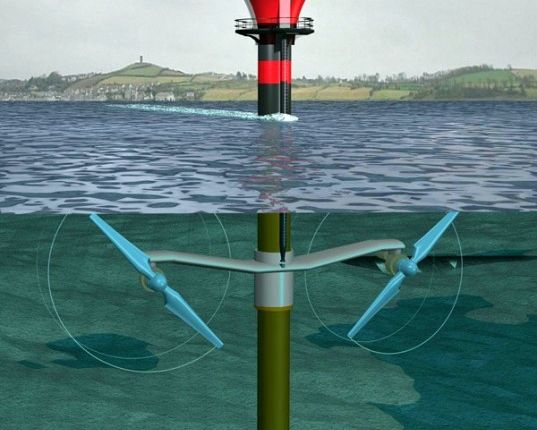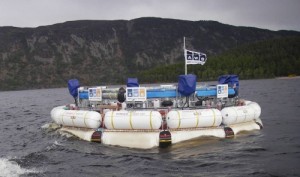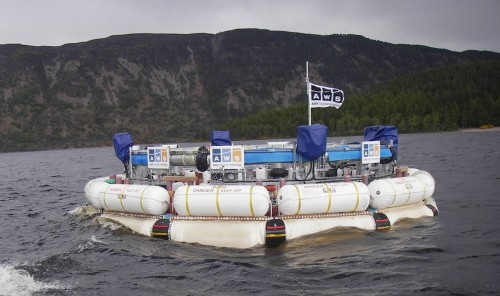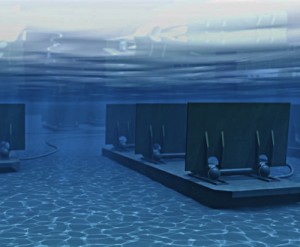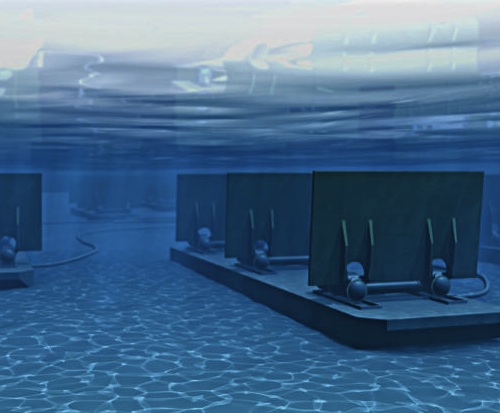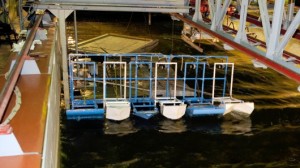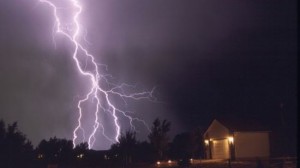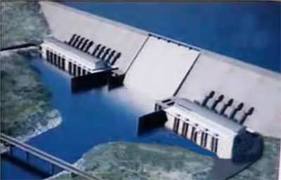
At double the size of China’s Three Gorges Dam, the 40 GW Grand Inga hydropower project, to be built on the Congo River under an agreement between the Democratic Republic of Congo and South Africa, will be the world’s largest by a wide margin. It will increase Africa’s electricity generating capacity by one-third.
But as IPS News reports, as is unfortunately typical with many big-push style projects in the developing world, the local people will likely get little of the electricity produced by the Grand Inga.
Instead, the power transmission lines are expected to go towards mining and industrial facilities, towards the big cities in South Africa and Egypt, as well as possibly being exported to Europe.
(more…)
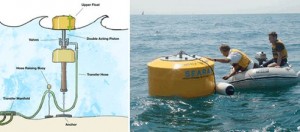
 Follow
Follow